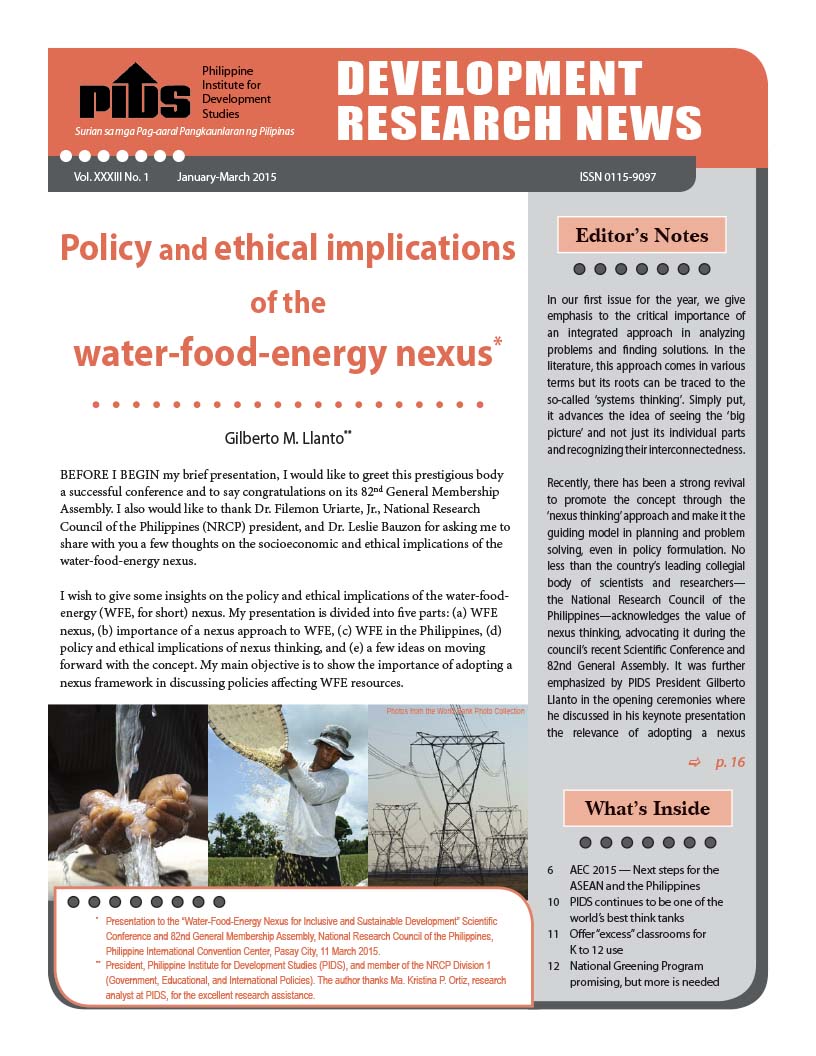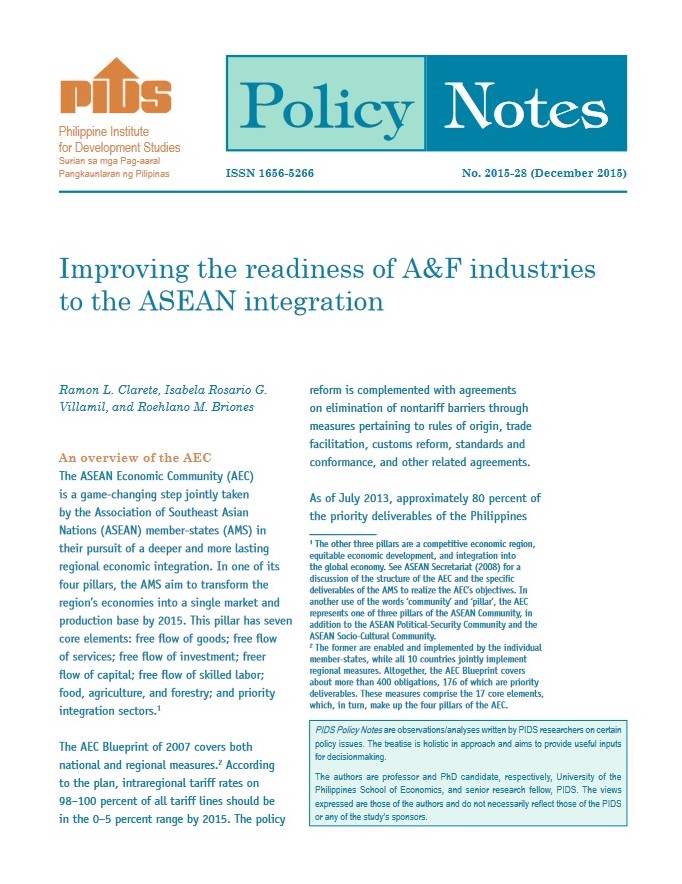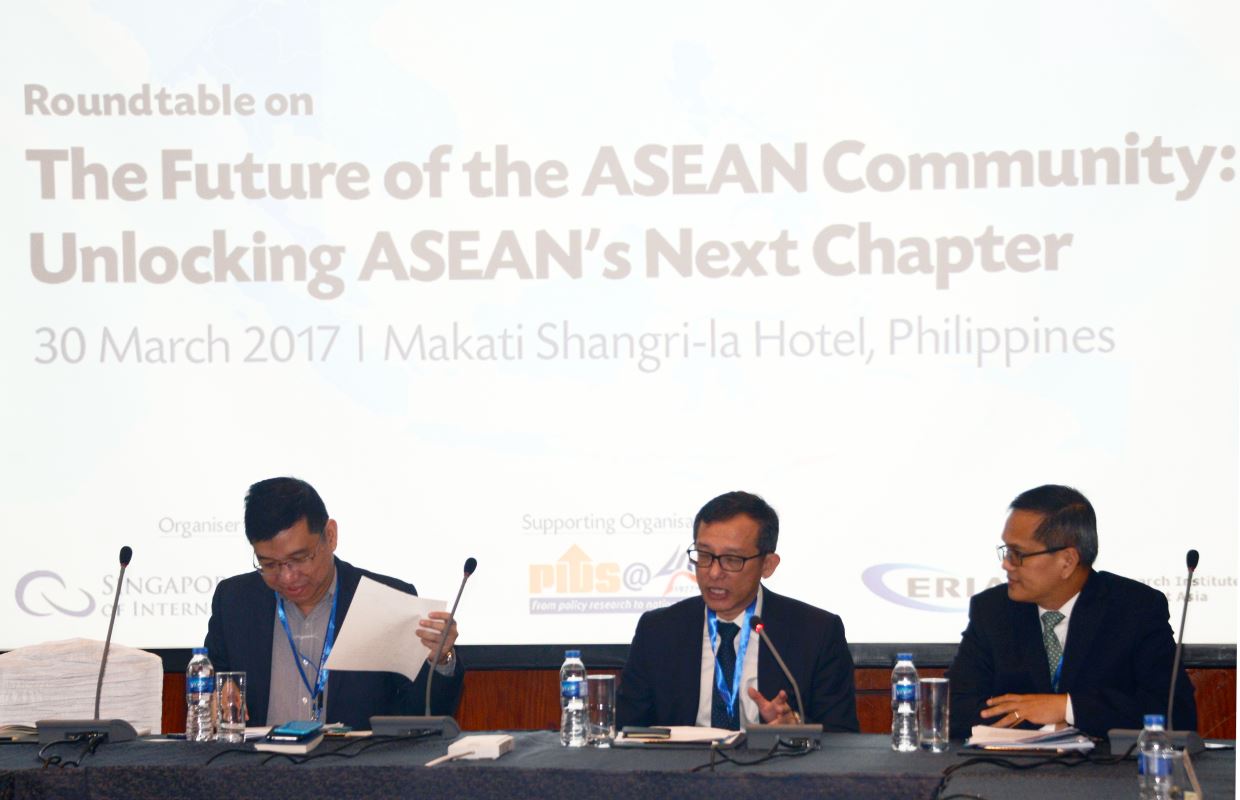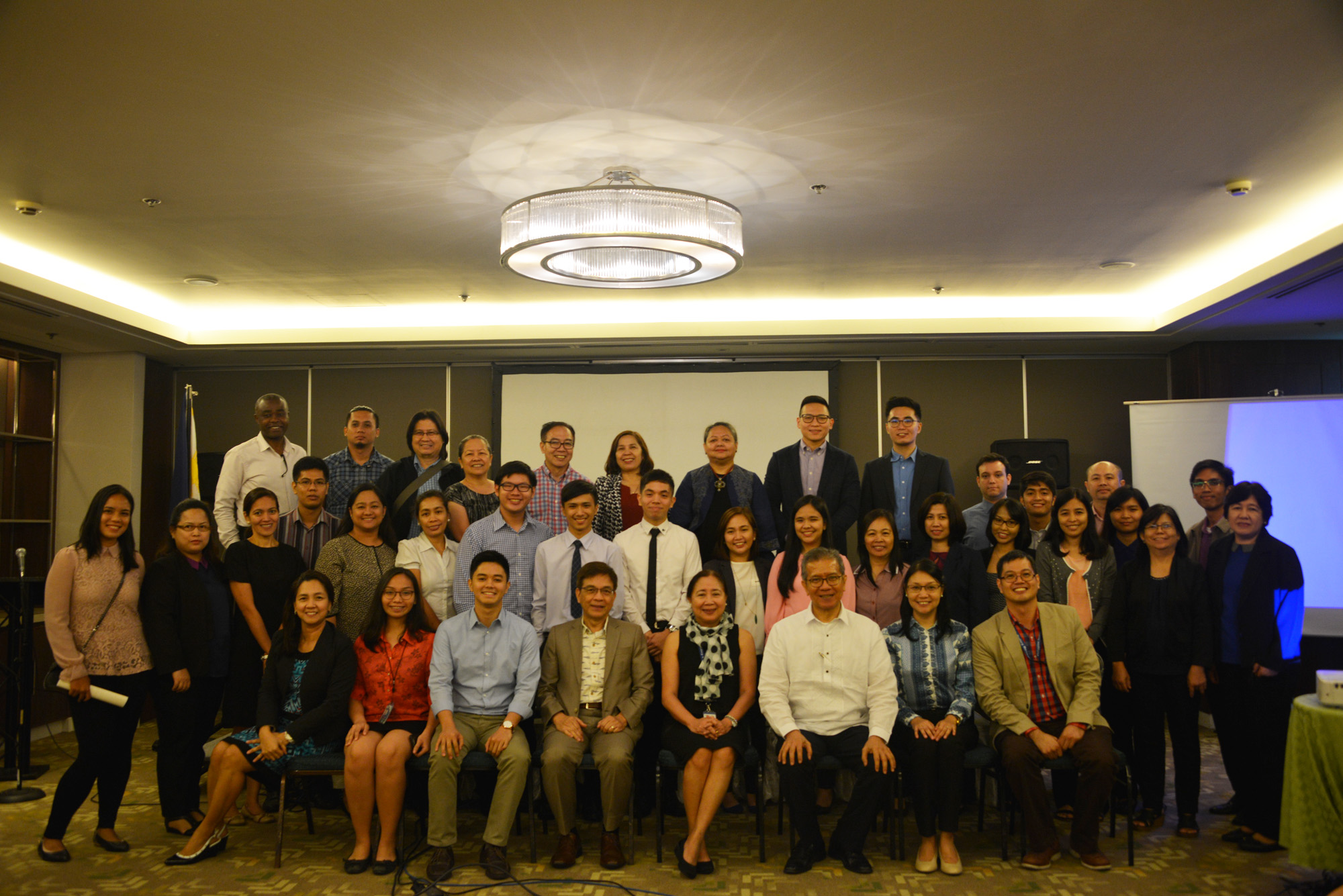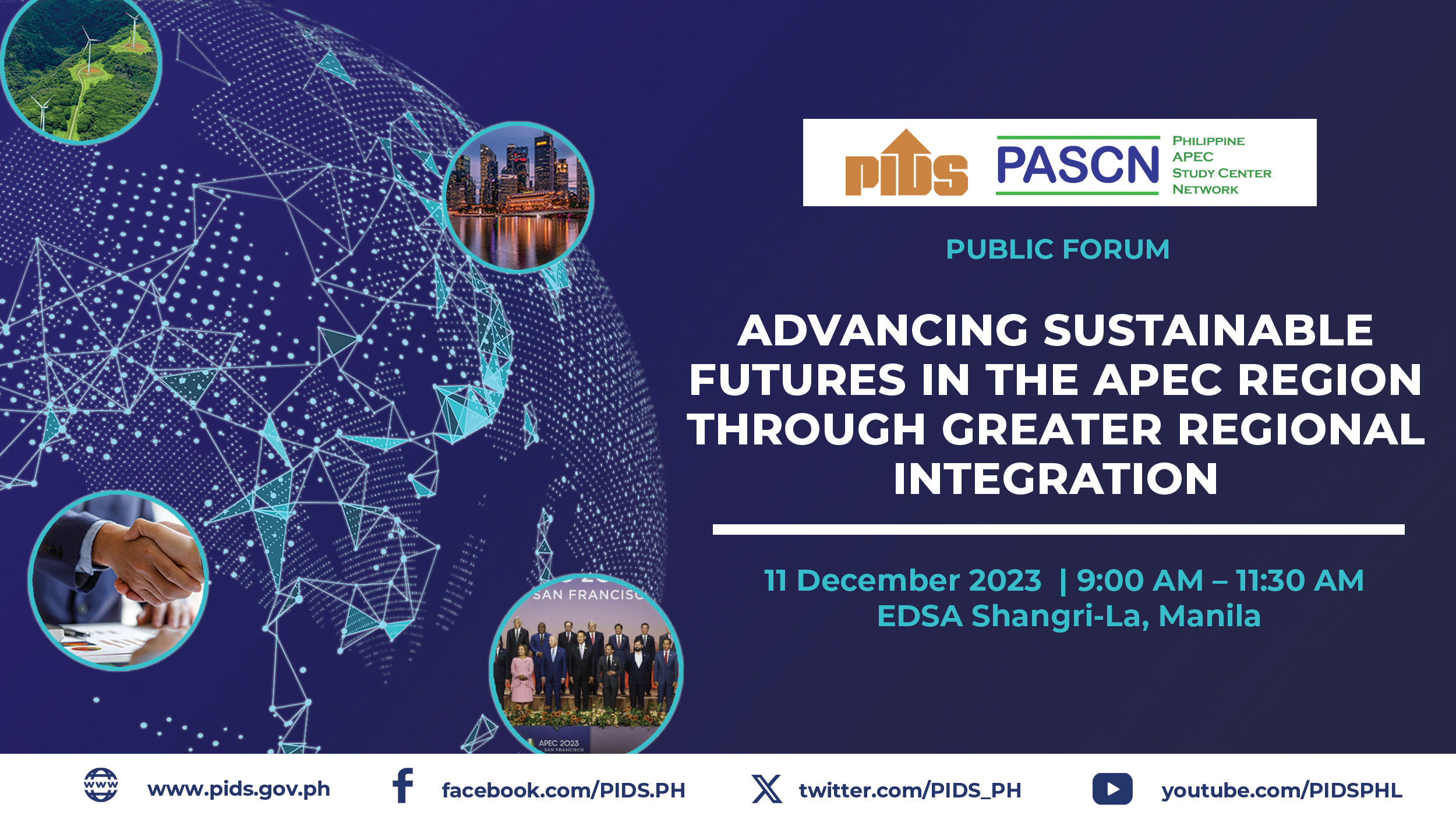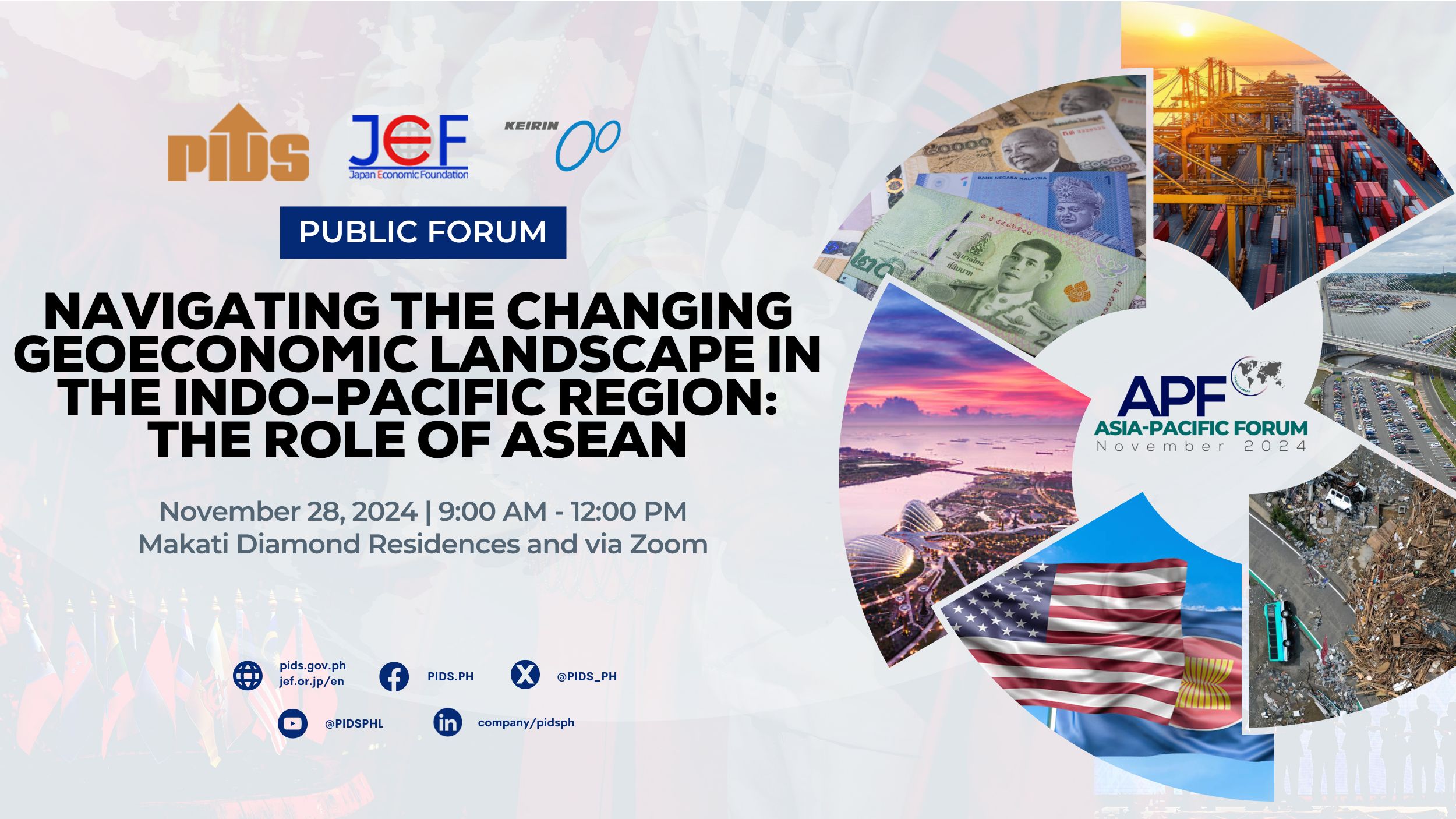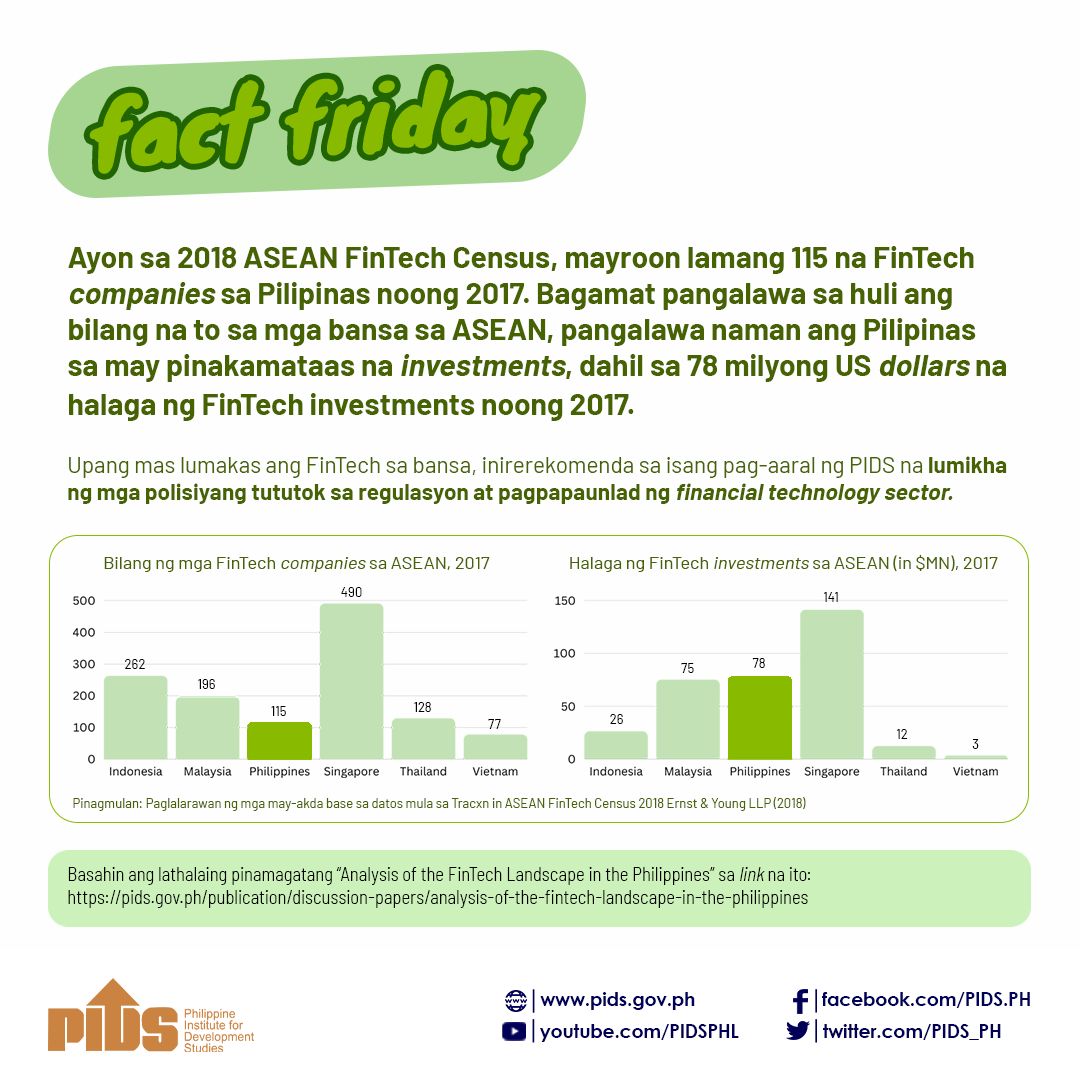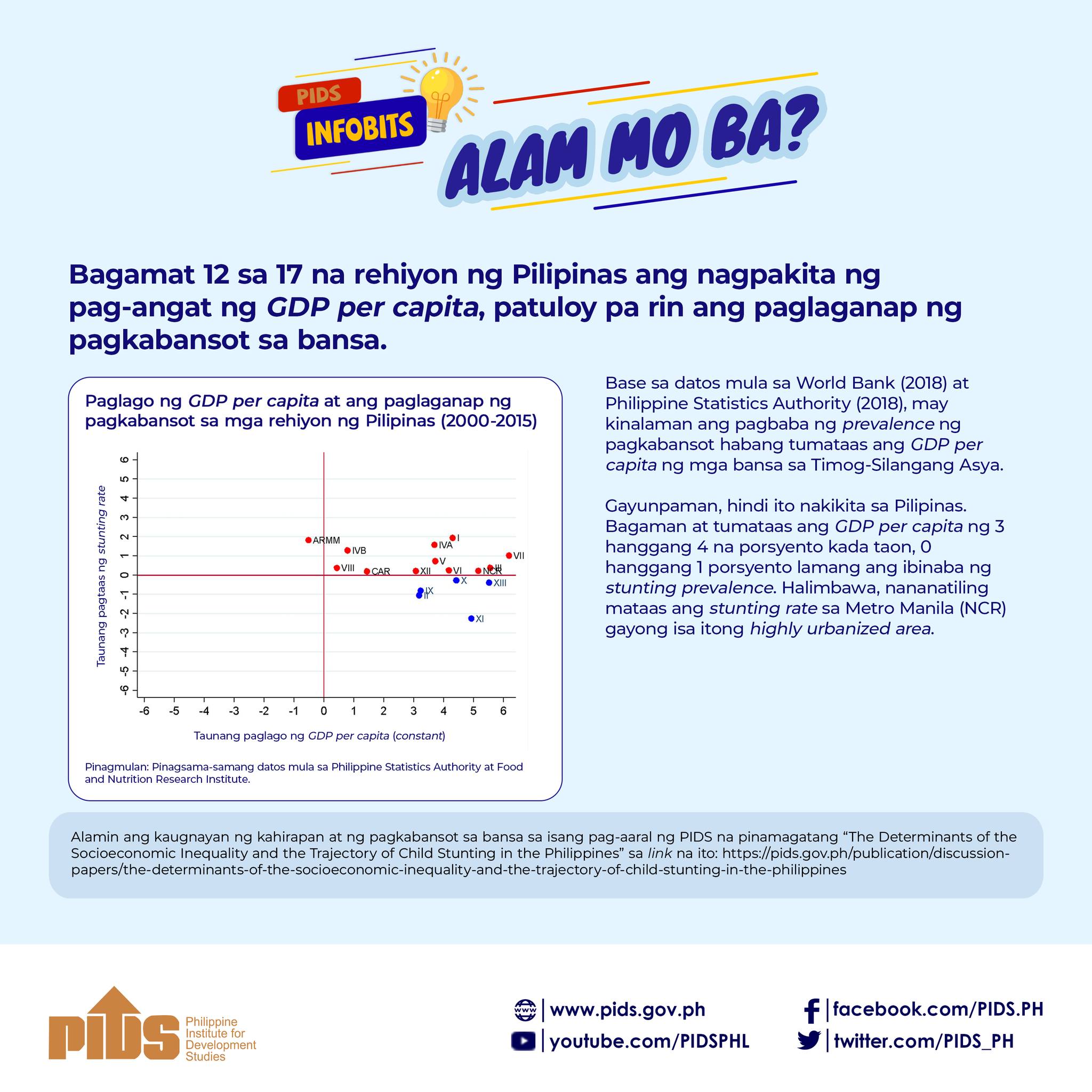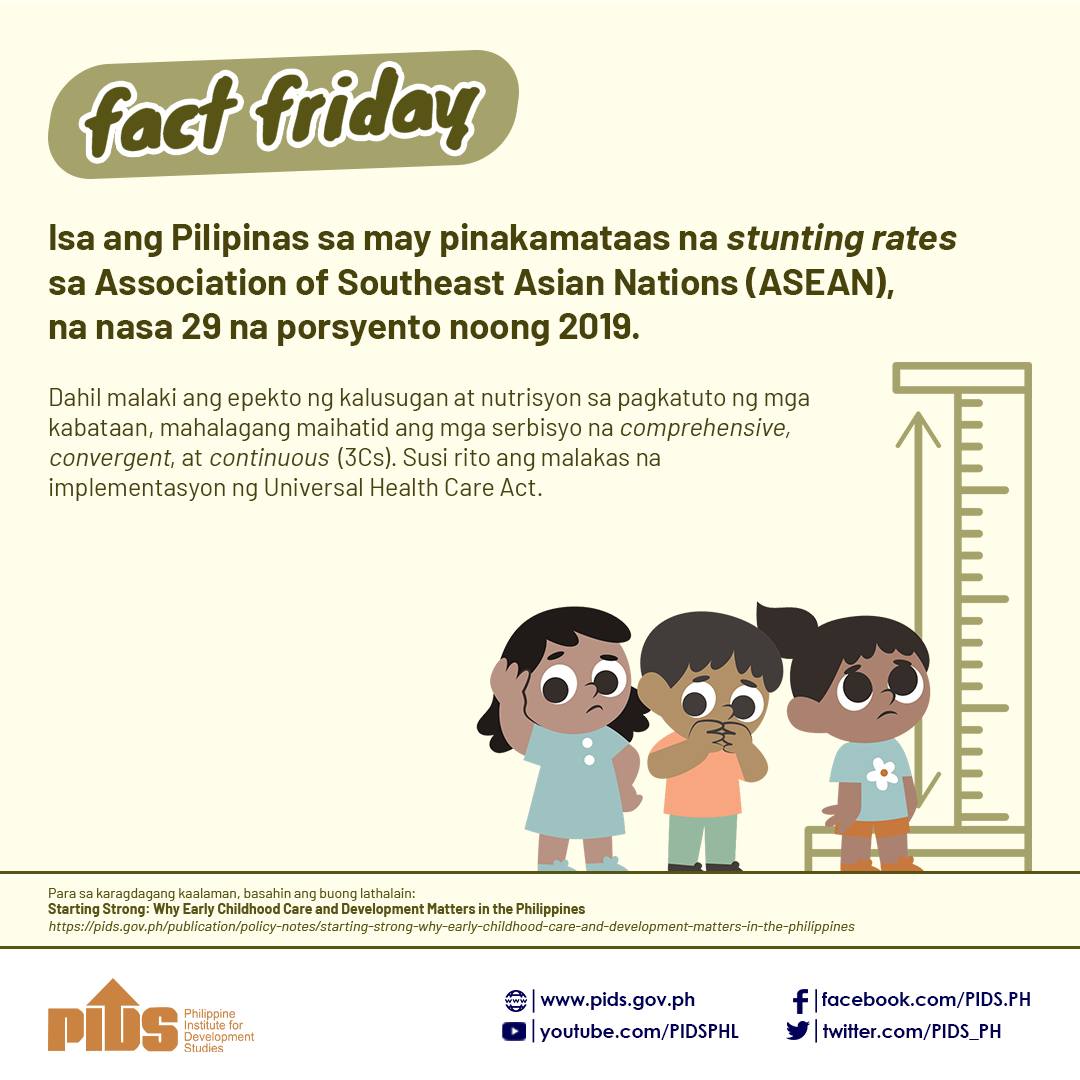This question had been posed in various forums, dialogues, and summits convened by stakeholders — the Philippine Chamber of Commerce and Industry (PCCI), the Management Association of the Philippines (MAP), the Economic Confederation of the Philippines (ECOP), and other groups over the past six years. Now that December 31, 2015, is only two years away, it may be timely to urge local economic and industry leaders to come out with an update on their perceptions on what must be done (including needed government action), a collective strategy, and an aggressive advocacy campaign to elicit greater public awareness. The latter should focus on the implications of this significant change on their lives, and what everyone can do during the next two years.
As the assessment made by policymakers and businessmen at the Myanmar World Economic Forum last June showed, most of the 600 million people in the ASEAN region are unaware of the changes that would take place. Many do not know what to integrate. Many are not aware that a single market means that all economic sectors will be open for investment with equal treatment of all ASEAN investors, and that all import duties will be cut by zero.
Furthermore, as former Ambassador to ASEAN Dr. Wilfrido Villacorto notes, the advantages of free trade and flow of goods, investments and services, labor, and capital, are greater choice of goods and services, and lower production costs. Integration will create jobs in manufacturing, transport, logistics, and communications, resulting in improved entrepreneurship and innovation, improved quality and efficiency, a higher level of employment which would lead to building a larger middle class, reduction in poverty, income inequality, and general improvements in health social welfare, labor, environmental protection, education, education, culture, science and technology, But even with these, and the fact that as ASEAN Secretary-General Le Luong Minh points out, ASEAN is an attractive destination for global, regional, and local investments, our industry leaders continue to express major concerns such as vulnerability to foreign competition as well as the impact of labor migration. Due to wide development gaps and uneven levels of competitiveness, it is believed that states with more developed economies would benefit more. There are varying levels of readiness among industries according to MAP President Melito Salazar who opines that although tourism will be ready by 2015, the manufacturing sector will continue to fall behind. Others point out challenges such as lack of financing of small and medium-scale industries, need to improve marketing skills and technology, upgrade productivity of agriculture, especially the coconut and fisheries sectors, improve business registration processing (which takes 36 days as compared with only two days in Singapore), upgrade connectivity especially at airports and seaports, and improve efficiency of the justice system. MAP Vice President Rafael Alunan points out inadequacies in the structure of incentives, infrastructure, domestic transport, and national defense. Philippine Institute of Development Studies Dean Dr. Rafaelita Aldaba notes that unless the government helps prepare the country’s micro, small, and medium enterprises, the latter will be hit hard by integration.
Among areas that have yet to be resolved are differences in country policies on "open skies” aviation agreement, elimination of rice subsidies, and priority given to developing human resources. In his assessment, Dr. K. Mahbubani, dean of the Lee Kuan Yew School of Public Policy notes, the importance of adequate human capital to compete and receive benefit from integration. Despite ASEAN’s diversity with its 300 million Muslims, 80 million Christians, and 150 million Buddhists, Taoists, and Confucianists, it has achieved peace. But he also notes that it is a tragedy that the ASEAN story is not understood by ASEANS themselves. Helping tell the story of ASEAN and our role in making the union a success, should be on our wish list for 2014.

